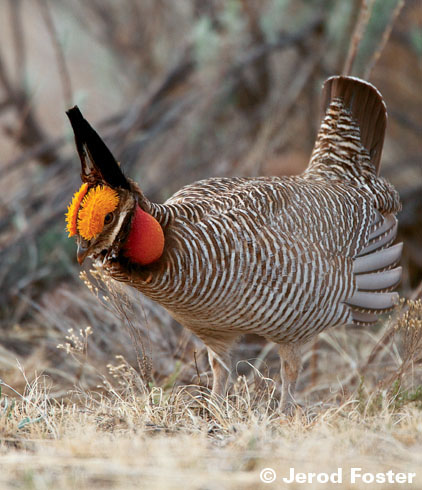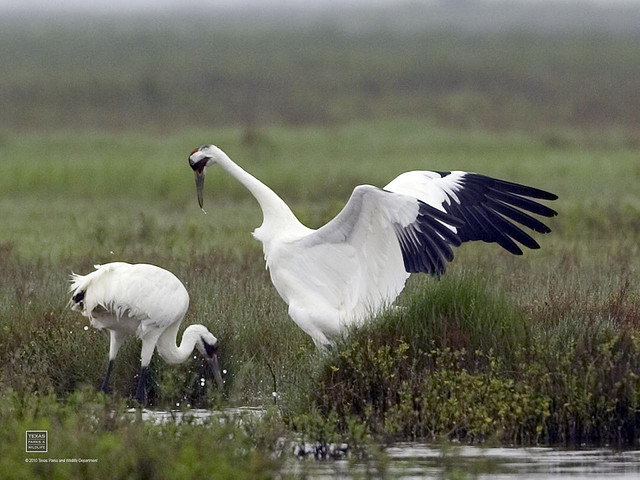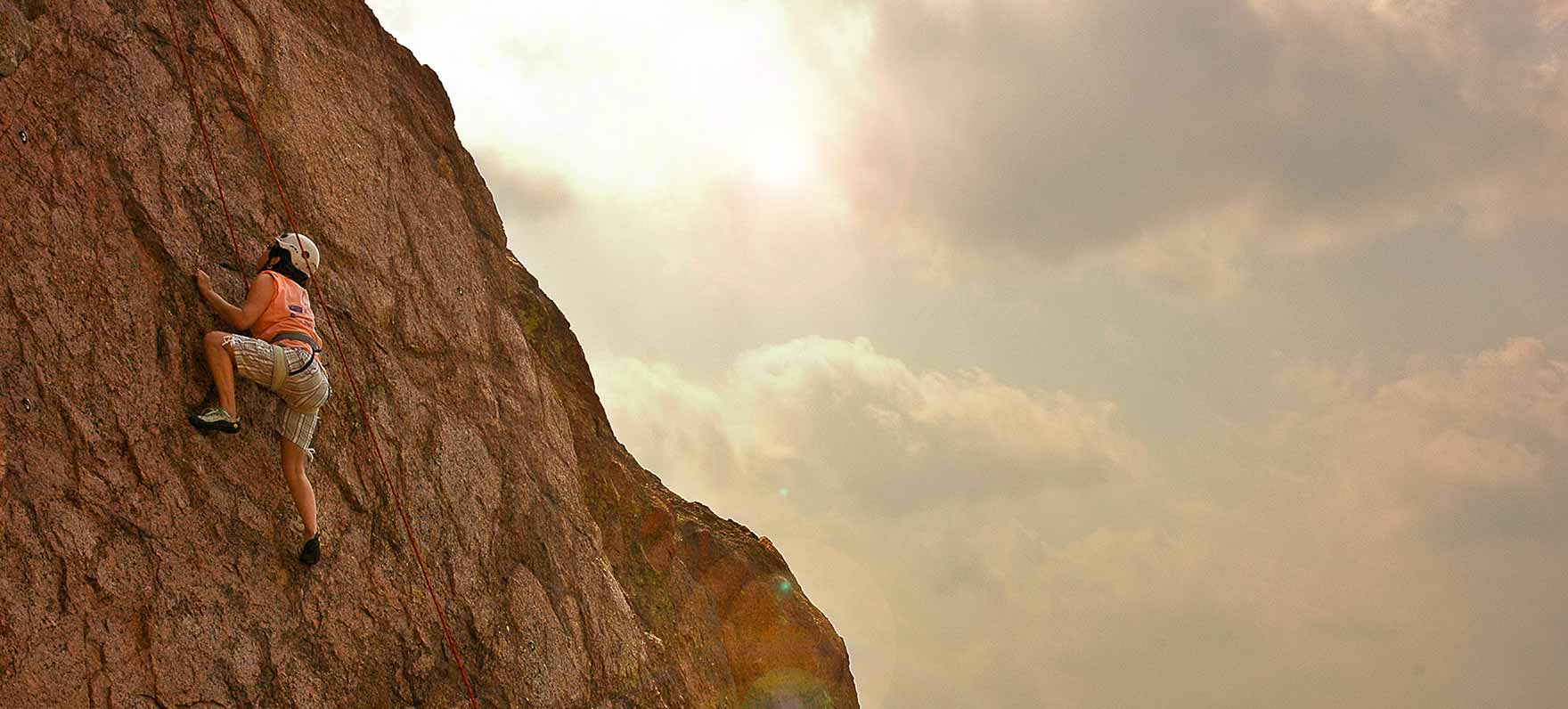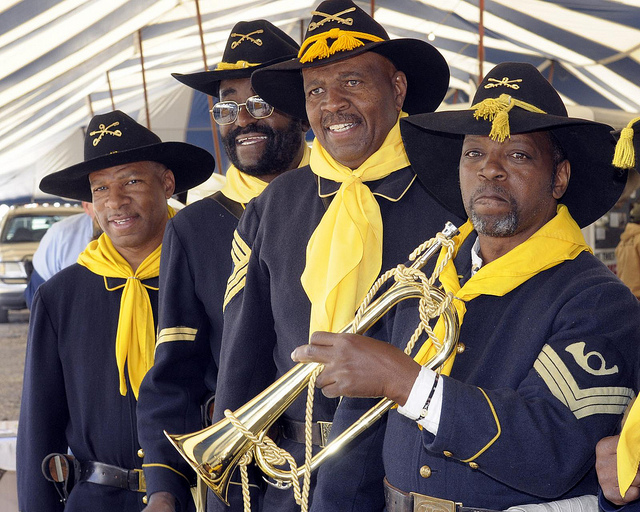TPW TV: Chicken Land
Wednesday, June 10th, 2015This is Passport to Texas
The Lesser Prairie Chicken has declined in Texas. Wildlife biologist Jeff Bonner says the reason: its historic range
has dwindled to almost nothing.
07-Here in Donley County they’re pretty sparse. And, that’s pretty much relative to the quality of the habitat that they have.
Landowners play a crucial role in the restoration of prairie chicken habitat, and hopefully saving the bird; Amarillo Cattleman and landowner, Jay O’Brien.
18- I don’t think you’ll find a cattleman who’s not very interested in the overall ecology of his ranch. That includes wildlife and improving wildlife habitat on his ranch as long as they see that nobody’s going to be dictating exactly how they should do their business.
Landowners may request and receive technical guidance from biologists like Gene Miller, about managing their property for a variety of wildlife.
12-The Hallmark of what we do is providing free, confidential, nonbinding assistance to private landowners. We go where we’re called, and we offer any level of assistance we’re asked to provide.
The future of the Lesser Prairie Chicken is in the hands of private landowners willing to create habitat to keep this iconic species on the landscape for generations to come.
View a segment called Chicken Land, about prairie chicken conservation, on the PBS Texas Parks and Wildlife TV Series the week of June 14. The Wildlife Restoration program supports our series.
For Texas Parks and Wildlife…I’m Cecilia Nasti.






 Passport to Texas is a
Passport to Texas is a  Passport to Texas is made available by:
Passport to Texas is made available by: